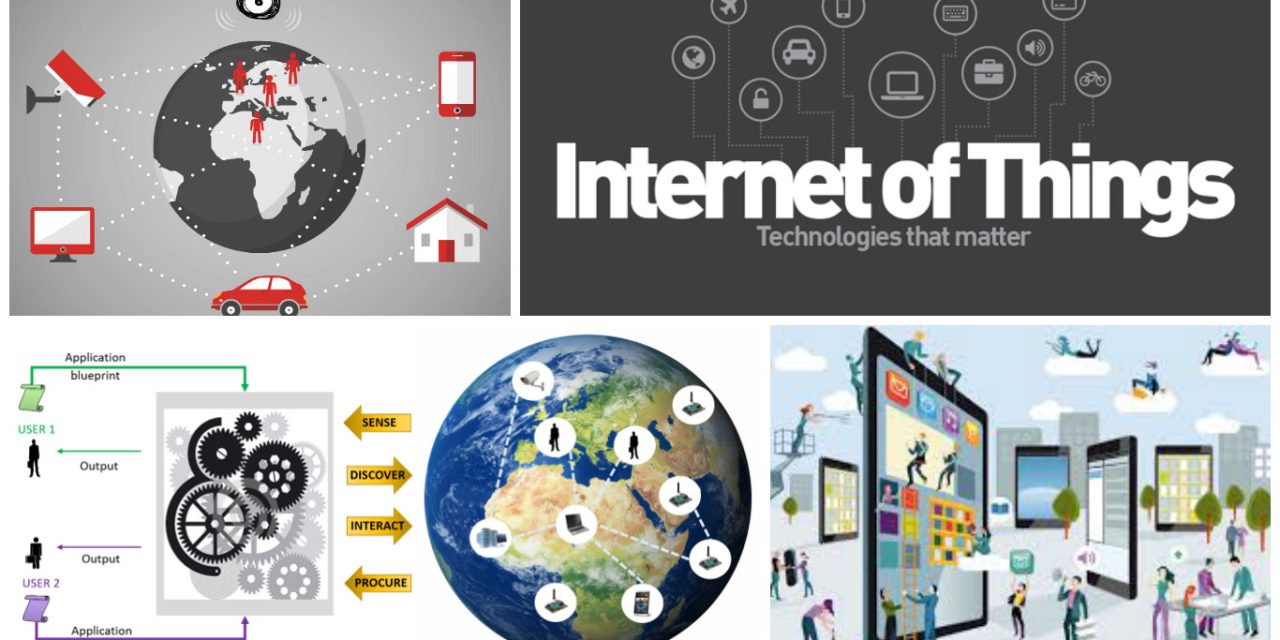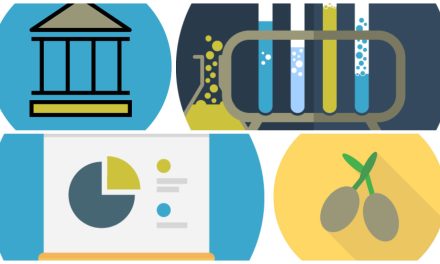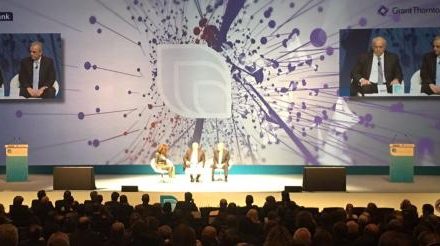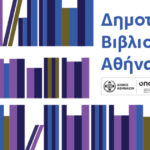The Internet revolution on the 21st century is not just a technological revolution but constitutes a decisive step towards bringing the physical and digital world even closer. Lately, everybody is talking about “The Internet of Things”, a buzz phrase that encompasses the advances of the technological world as we experience them today, with the presence of countless connected sensors and intelligent devices that are springing up everywhere and re-shaping our living and working environment. The IoT will possibly be the next technological revolution that we will all participate in, since it not only brings humans and devices closer (one can think about activity trackers, smart utensils, powerful smartphones, but also smart TV’s and household appliances) but also inextricably connects “things” previously known as plain commodities, allowing them to interact in various forms, with the help of built-in sensors that gather data and take action on that data across a network, e.g., buildings using sensors to automatically adjust heating and lighting, or production equipment capable of alerting maintenance personnel to impending failure.
Still, however present in our lives, the IoT is far from becoming the “real thing” in the current technology landscape, especially if one considers how few people have access to the internet today (what keynote speaker at the Mobile World Congress, Mark Zuckerberg, CEO of Facebook pointed out in Barcelona two days ago). This is the research area scientists are currently working in so as to leverage the compounding capabilities of “things”, by providing a unifying platform that will enable devices, systems, services and people interoperate in multiple applications.

In this context, a team of scientists from the prestigious National Centre for Scientific Research (NCSR) ‘Demokritos’ in Athens, Greece, has launched a project bringing their insight and expertise into the world of “machine-to-machine” communication. The Institute of Informatics and Telecommunications (IIT), one of the 5 Institutes of ‘Demokritos’, has developed the project “Synaisthisi”, a platform aiming to utilise the power of cloud computing, the versatility of mobile and static connected devices and the capabilities of Artificial Intelligence to augment everyday life.
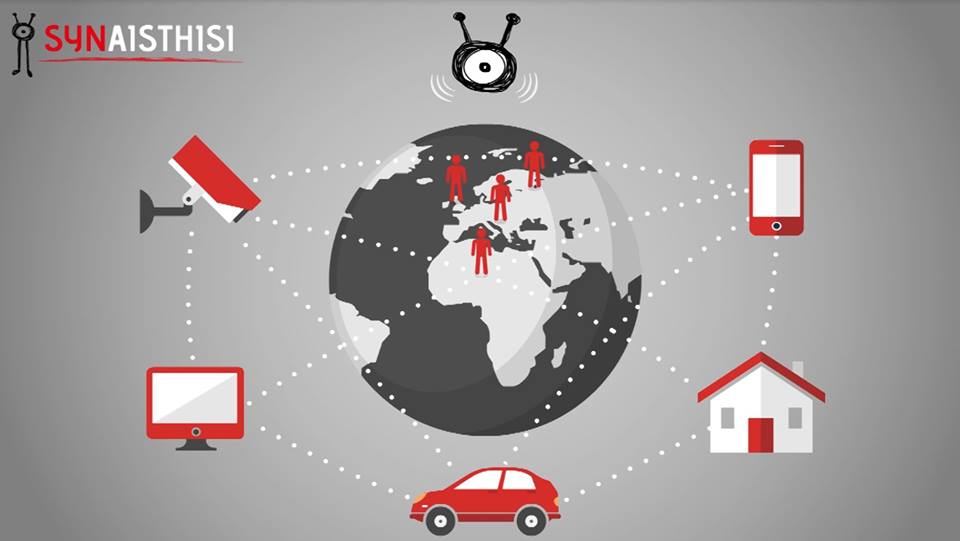 Highlighted in many international events, “Synaisthisi” enables networked devices to easily interconnect through intuitive interfaces and also allows humans, systems, and devices to create and manage services on-the-fly. The platform enables businesses to increase their revenue from the development of new services and reuse of current assets and makes possible for applications to always follow ongoing business needs. This technological tool has been designed from ground-up to be: horizontally-scalable in order to support actual ongoing needs, extensible to meet the growth of clients’ business, operational with a handful of devices and up to thousands of devices with minimal configuration changes, friendly to the most popular open messaging APIs, deployable in a distributed fashion over multiple Cloud Systems and versatile to customize application needs with a Service Builder requiring limited programming effort.
Highlighted in many international events, “Synaisthisi” enables networked devices to easily interconnect through intuitive interfaces and also allows humans, systems, and devices to create and manage services on-the-fly. The platform enables businesses to increase their revenue from the development of new services and reuse of current assets and makes possible for applications to always follow ongoing business needs. This technological tool has been designed from ground-up to be: horizontally-scalable in order to support actual ongoing needs, extensible to meet the growth of clients’ business, operational with a handful of devices and up to thousands of devices with minimal configuration changes, friendly to the most popular open messaging APIs, deployable in a distributed fashion over multiple Cloud Systems and versatile to customize application needs with a Service Builder requiring limited programming effort.
So what could be the real advantages of this project? In order to assess the real advantages both for users and business one can consider that for example businesses are expected to gain significant benefits as the “Internet of Everything” creates $14.4 trillion in Value at Stake from 2013 to 2022. But the scientific team of Demokritos has designed “Synaisthisi” with the aim to bring significant benefits to the areas of energy, healthcare and transport and logistics. The integrated outcome of “Synaisthisi” is a promising step in the emerging and challenging era of “Internet of Things”. It is also a proof that people from different research areas can work flawlessly together and achieve significant results.
TAGS: BUSINESS & TRADE | DESIGN | EDUCATION | INNOVATION

